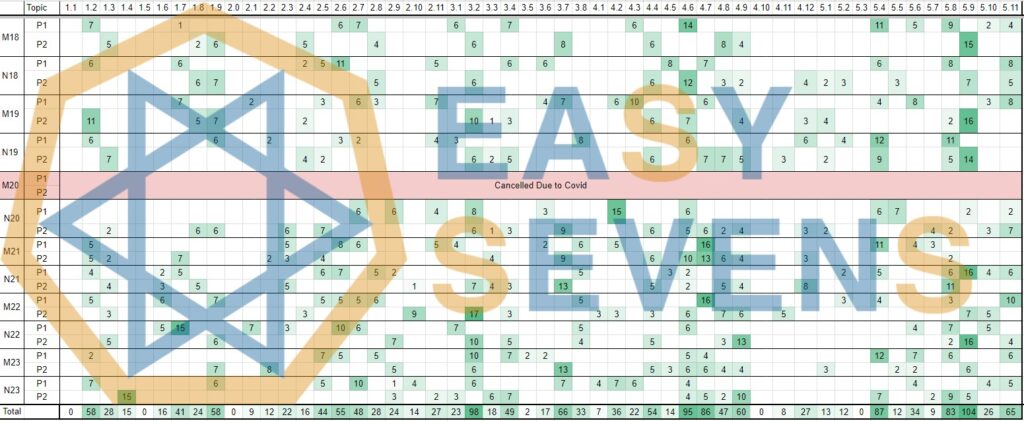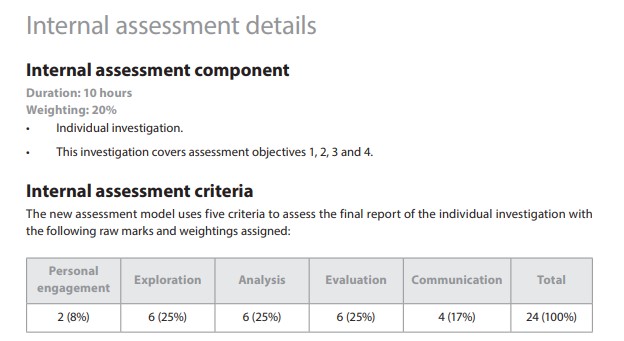As a student preparing for your IB Biology exams, it is important to understand command terms. These terms indicate the level of depth that your response requires to achieve full marks on your paper. Many students overlook this aspect of their exam preparation, but really understanding command terms will save you time and effort by guiding your answer and structuring your response so that you can provide a clear answer to any question that you are faced with.
In this article, our IB Biology tutor will discuss the assessment objectives that the International Baccalaureate (IB) has laid out for its Biology courses, as well as the command terms that you should be familiar with to perform well on your exams.
IB Biology Command Terms Assessment Objectives
The assessment objectives for IB Biology courses are represented on a triangle in order to indicate their hierarchy in terms of their level of depth. There are three objectives:
- Demonstrate knowledge and understanding
- Apply knowledge and understanding
- Analyze, evaluate, and synthesize scientific information
In the following sections, we will define each of these objectives and provide examples of the command terms that are associated with them.
Objective 1: Demonstrate Knowledge and Understanding
Questions around this objective will focus on recalling facts, concepts, and terminology that you have learned in class. You should also be able to remember the methodologies and techniques that you learned in class. Above all else, you must be able to communicate scientific information.
Examples of command terms that test your ability to demonstrate knowledge and understanding include:
- Define: This is when you have to give a precise meaning of a word, phrase, concept, or physical quantity. Make sure to give measurements when necessary.
- Draw: This is when you give a diagram that represents some concept. You’ll often be asked to label. You must use a ruler to create straight lines and clear labels.
- List: This is when you give a sequence of answers with no explanation required.
Objective 2: Apply Knowledge and Understanding
Questions around this objective test your ability to take previous information that you learned in class and apply it to completely new situations. This builds on the knowledge and understanding that they assessed in the first objective.
Examples of command terms that test your ability to apply knowledge and understanding include:
- Annotate: This is when you’re asked to add brief notes to a diagram that already exists.
- Calculate: This is when you obtain some value or quantity. Make sure to use units.
- Describe: This is when you give a detailed account.
- Distinguish: This is when you have to make a clear difference between two or more concepts. Make sure to refer to both concepts throughout your answer.
- Estimate: This is when you obtain an approximate value based on data presented to you.
- Identify: This is when you provide the correct answer from a number of different possibilities.
- Outline: This is when you give a brief account or summary of a concept.
Objective 3: Analyze, Evaluate, and Synthesize Scientific Information
Questions around this objective ask you to formulate, analyze, evaluate, and synthesize information presented to you. These questions are usually the most challenging and where students tend to lose the most amount of marks. This is when they might ask you to generate new hypotheses, generate research questions and predictions, as well as use the methodologies and research techniques you learned in class to generate new predictions. You will be given primary and secondary data in order to create scientific explanations.
Examples of command terms that test your ability to analyze, evaluate, and synthesize scientific information include:
- Analyze: Break down a concept to highlight its essential elements.
- Comment: Give your opinion or judgment based on a statement, data, or calculation.
- Compare: Give an account of the similarities between two items.
- Contrast: Give an account of the differences between two or more items.
- Construct: Display information in the form of a diagram or graph.
- Deduce: Make a conclusion based on information provided to you.
- Design: Create a sketch, model, or simulation based on a prompt.
- Determine: Obtain the only possible answer based on a prompt.
- Discuss: Offer a balanced and considered review that includes a range of arguments, factors, and hypotheses.
- Evaluate: Make a judgment based on the strengths and weaknesses of a concept.
- Explain: Give a detailed account, including the strengths and limitations of a concept.
- Predict: Make a reasonable guess based on scientific knowledge.
- Produce: Convey information or relationship through a diagram or graph.
- Suggest: Propose a solution, hypothesis, or other answer in response to a prompt.
IB Biology Command Terms
In conclusion, preparing for your IB Biology exams requires understanding the importance of command terms. These terms indicate the depth of knowledge required in a response and help structure an answer to achieve full marks. IB Biology exams are structured around assessment objectives that test knowledge and understanding, application, and formulation, analysis, and evaluation of scientific information. It is important to understand the command terms for each of these objectives as they guide the type of response expected. For example, defining, measuring, and stating are terms associated with the knowledge and understanding objective. Annotating, calculating, and distinguishing are terms associated with the application objective. Comparing, contrasting, and constructing are terms associated with the formulation, analysis, and evaluation objective. Understanding these terms is essential for preparing for your IB Biology exams and achieving the grades you want.




